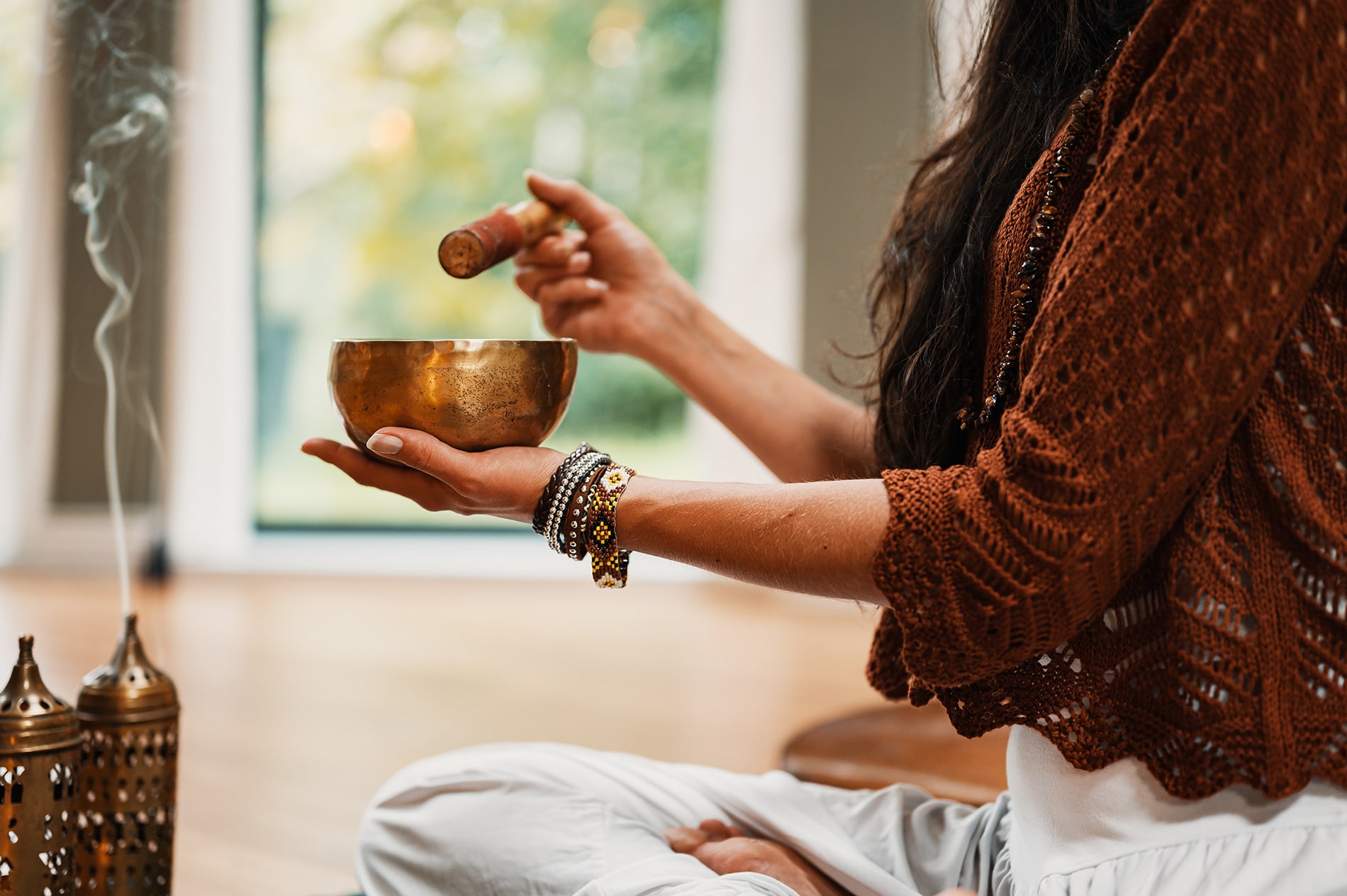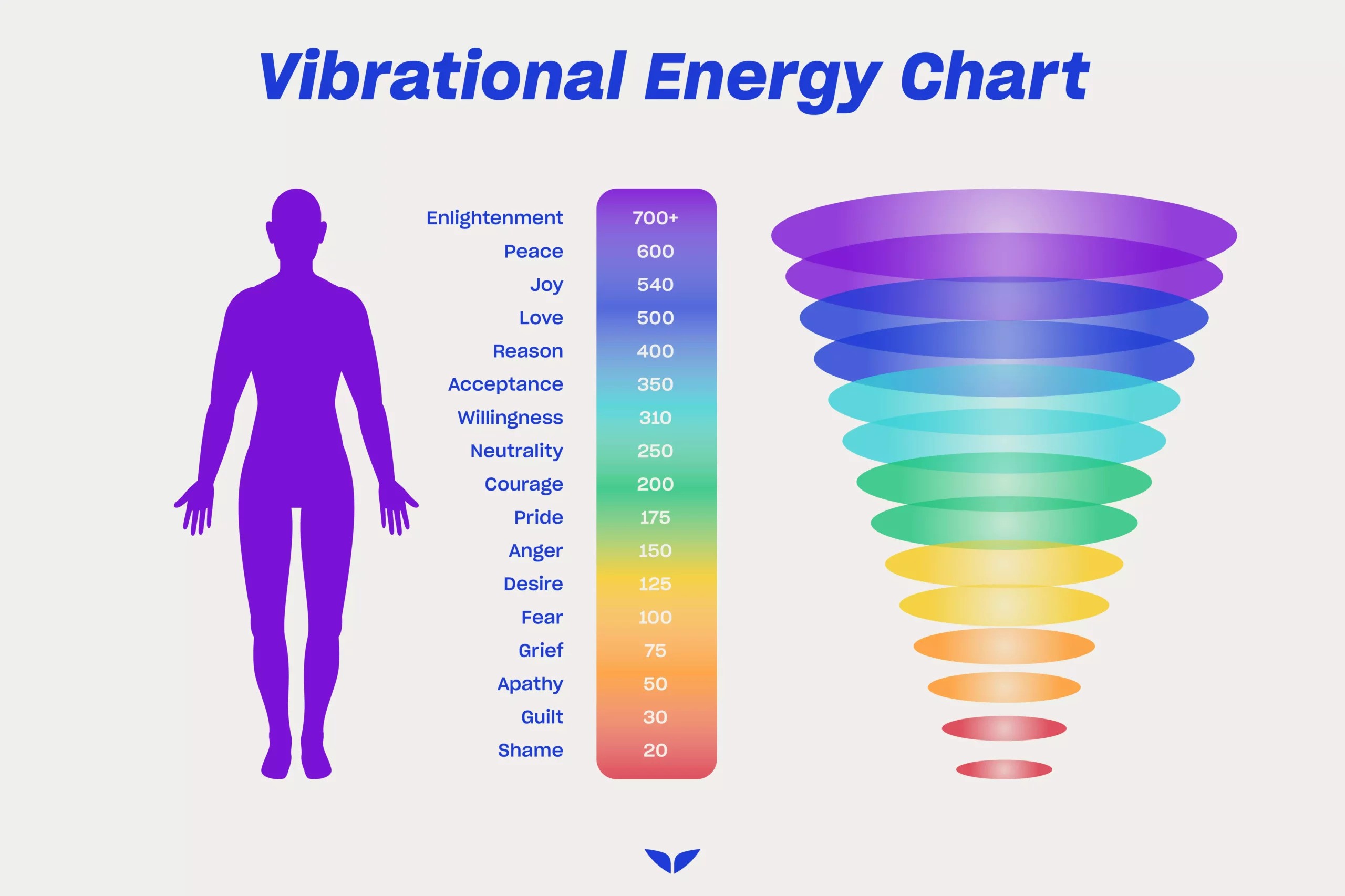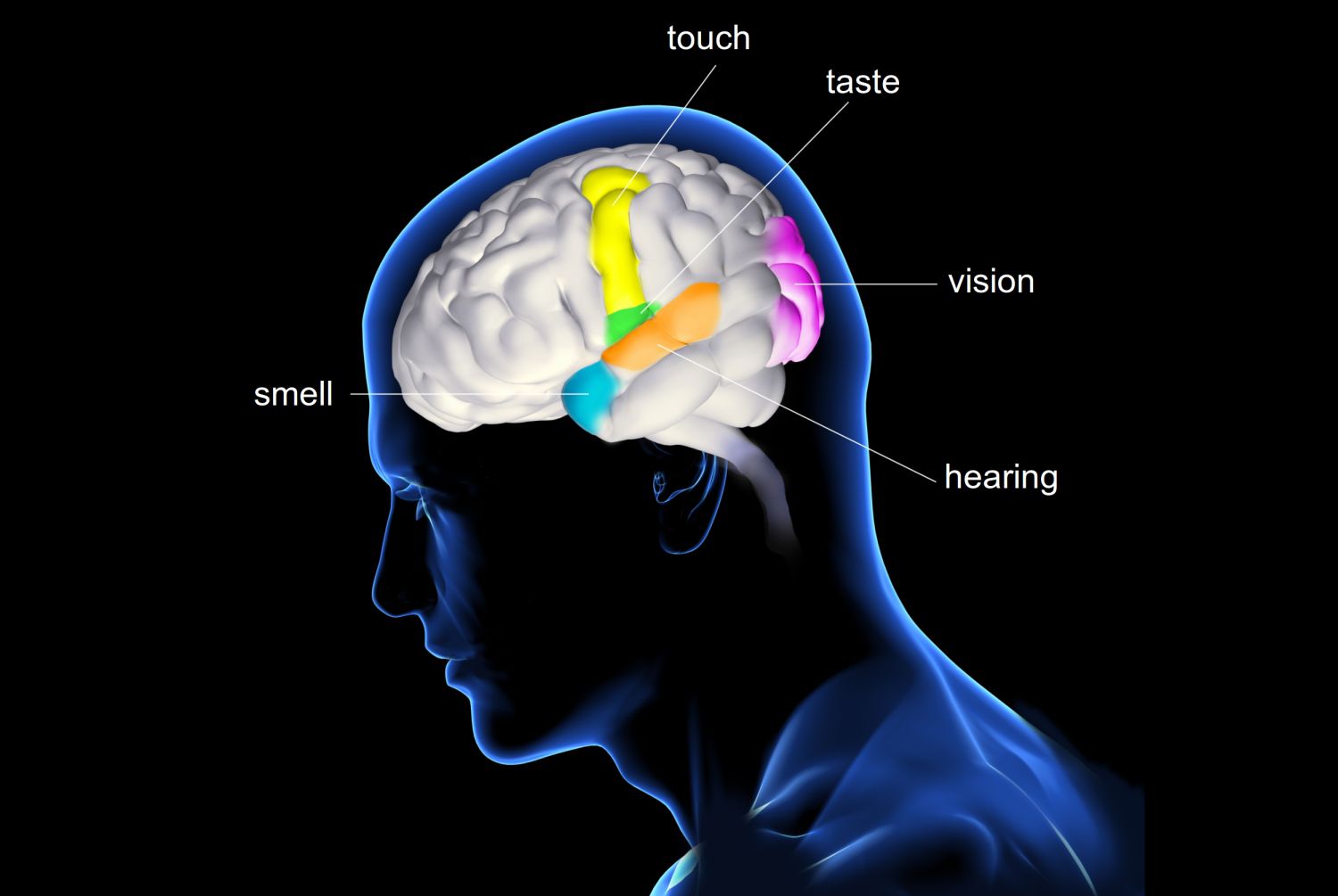How To Do Meditation For Anxiety And Panic
We've all felt anxious at some point, whether it was butterflies in the stomach, sweaty palms, heart palpitations, tension headaches, an upset stomach, or chest tightness - all natural reactions to adrenaline. However, there is a distinction to be made between ordinary anxiety and clinical anxiety
Anxiety can be induced by stress, and the physiological reactions are similar in both cases. GAD is a diagnosable disorder that tends to last for long periods of time, whereas stress is a heightened emotional state that dissolves after a stressful incident is over.
According to the Anxiety and Depression Association of America, anxiety that becomes a disorder is defined by "persistent and excessive worry," in which people lose their reasonable perspective and "expect the worst even when there is no evident basis for concern."
The most-known 12 symptoms for an anxiety disorder:
- Feeling nervous, restless, or tense
- Having a sense of impending danger, panic, or doom
- Having an increased heart rate
- Breathing rapidly
- Sweating
- Trembling
- Feeling weak or tired
- Trouble concentrating or thinking about anything other than the present worry
- Having trouble sleeping
- Experiencing gastrointestinal problems
- Having difficulty controlling worry
- Having the urge to avoid things that trigger anxiety
How to Practice Meditation For Anxiety And Panic
There is a lot of meditation strategies you can choose from, here are a few options you can choose from:
Meditation For Panic attacks
1. First and foremost, congratulate yourself on devoting some time to meditation.
2. Become aware of your body and mind, as well as whatever you're carrying. Perhaps there are feelings from the previous day's events or something that has happened recently.
3. May you simply allow and acknowledge whatever is inside of you and let it be, without analyzing it.
4. Gradually turn your attention to your breathing, breathing normally and naturally. Be conscious of your breathing in and out.
5. Depending on your preference, awareness can be focused on the tip of the nose or the abdomen. Feel the touch of the air as you breathe in and out if you're focusing on the tip of your nose... Feel the belly expand on inhalation and contract on an exhalation if you're concentrating on the abdomen.
6. Inhaling and exhaling, noticing how each breath appears and vanishes. All I'm doing is breathing. Now gently shift your attention away from the breath and toward mindful inquiry.
7. An investigation into the emotions, thoughts, and physical sensations that are driving your panic, anxieties, and fears, often beneath the surface of your awareness, is known as mindful inquiry. This practice can be done in a special and unique way that fosters the potential for deep understanding and insight.
8. Gently direct your attention to the bodily sensation of panic or fear when practicing mindful inquiry. Allow yourself to enter the experience with nonjudgmental awareness, acknowledging whatever it feels like in your body and mind and letting it be.
9. To begin this journey, you must first check-in with yourself to see if it feels safe. If you don't feel safe, it's probably best to wait and try again later, and for now, just focus on your breathing.
10. If you feel safe, bring awareness to your body and mind, and allow any physical sensations, emotions, or thoughts to be acknowledged. Then just let them be...without trying to figure them out or analyze them.
11. You might find that your fears are being fueled by plenty of thoughts, emotions, or old memories buried beneath these feelings. When you start to acknowledge what hasn't been acknowledged, you might find yourself on the path to insight and understanding. As you focus on your emotions, they may reveal what has you panicked, worried, mad, sad, or perplexed.
12. You may discover that resisting unacknowledged emotions often increases panic or fear and that learning to accept them rather than fighting them often reduces them. When we say "go with it," we mean allowing and acknowledging whatever is going on inside your mind and body. Allowing the waves of emotions and thoughts to wash over you.
13. Return your attention to the breath, gently inhaling and exhaling...riding the breath's waves.
14. Take a moment to congratulate yourself as you finish this meditation and appreciate the sense of safety and ease you may be experiencing right now that you can bring into your day. You can open the door to deeper understanding, compassion, and peace by acknowledging your fears. Wiggle your fingers and toes gently before rising and gradually opening your eyes, fully aware of the present moment.
Meditation For Difficult Emotions
1. Take a seat in a comfortable position. Consider a difficult situation you're dealing with. It doesn't have to be the most difficult, but it should be challenging enough. Before moving on to the most difficult, we want to practice with caution. Recognize your desire to push the difficulty away, to reach for something that would temporarily soothe the difficulty (reaching out to someone, chocolate, distracting with technology, etc. ), or to deny that the difficulty is occurring.
2. Now turn your attention to it. Take a few deep breaths in through your nose and out through your mouth. Invite a large figure of compassion and strength into your awareness, who wraps you in a blanket of love, acceptance, and security. It can take the form of a large cloud of compassion, a large grandmotherly figure, or anything else that feels loving and kind. Assume you're being held by this figure.
3. Turn your full attention to the source of your difficulty. Face it squarely in the face. There's no reason to be afraid. “It will be okay, you are okay, you are lovable, you are enough, you are not alone, and we will get through this together,” says this wise being. Allow yourself to give and receive loving and kind statements as often as you need until your mind and body are able to relax and calm down.
4. Try gently turning toward discomfort each time you notice yourself reaching for the old familiar way of turning away from it. The more you train your mind to recognize and name whatever difficulty is present, the less difficult it will feel. Your limbic system, specifically your amygdala, will also send a signal to your sympathetic nervous system, indicating that you can relax physiologically.
Meditation For Anxiety
1. To begin, sit in a relaxed position and take a moment to adjust your seat posture to a more comfortable position. Feel the contact of your body with the ground beneath you.
2. Allow yourself to be fully involved in whatever is happening right now. Any bodily sensations, moods, emotions, mental states, or thoughts that are present. To invite the body and mind to relax and settle, take a few deeper breaths. Take a deep inhale and exhale slowly, relaxing, releasing, and letting go. Inhale deeply, filling the chest and lungs with oxygen. On the out-breath, release and let go.
3. You might feel a sense of calm as you breathe in. As you breathe in, silently repeat the word calm to yourself, and then as you breathe out. Inhale deeply to relax the body, and exhale deeply to relax the mind.
4. Allow the breath to settle into its natural rhythm when you're ready, and accept it exactly as it is. Inhale deeply and exhale slowly.
5. A smile tells our brain and nervous system that we're safe and don't need to be hyper-vigilant. Smiling encourages us to unwind and relax.
6. You might bring to mind a situation that causes you anxiety or stress while sitting in a relaxed and alert state.
It could be a combination of factors, such as a work situation, family, health, or finances. Allow your body and mind to absorb all of the feelings, sensations, and emotions, as well as the overall sense of the situation. Choose to observe and let go of your thoughts rather than creating scenarios in your head about what might happen or what might go wrong. With kindness and acceptance, be open to whatever bodily sensations arise.
Allow yourself to feel whatever emotions are present with a kind awareness; they could be fear, worry, anxiety, or sadness, to name a few. Allow your feelings to be as strong as they want to be, and say yes to everything you're experiencing.
7. If anxious thoughts emerge, such as "This will never go away" or "I'll never be able to do everything I need to do," respond with kindness and care. Allow thoughts to come and go without identifying with them or treating them as true. Continue to open yourself up to your experience in this way, treating it with kindness and care. Recognize that it is difficult if it is difficult. If it helps, you could put your hand on your heart and wish yourself well.
8. “May I be happy, and may I live comfortably,” think to yourself. Take a deep, full in-breath while letting out the out-breath. Keep your experience in mind with kindness and care.
9. If a sensation or emotion triggers an urge or impulse to do something negative, such as eat something unhealthy, drink, or use a drug, see if you can maintain that energy. Observe how this, too, comes and goes for a while before passing. You could imagine it as a wave coming along if it's helpful. Perhaps there is a powerful energy present, and the wave crests. However, if you stay with it with awareness and kindness, those feelings may pass for a while, and then there will be calm.
10. Maintain as much contact with your direct experience as possible, and cultivate a compassionate awareness of the thoughts and stories that surround the pain, stress, or difficult emotion. Choose to acknowledge the thoughts as thoughts rather than identifying with them. Allow them to come and go at their leisure, and treat them with respect.
11. Sit quietly for a few minutes, recognizing how mindfulness can help us open up to and untangle ourselves from painful thoughts, stress, worry, anxiety, and the patterns of behavior that tend to go with those feelings, emotions, and mental states.
Meditation is one of many treatments available to help people manage, or learn to cope with, anxiety in a new way, essentially changing their relationship with anxiety and how they perceive it. I hope you enjoyed our guide on how to do meditation for anxiety and panic, and I am looking forward to see your opinions in the comments section.
.



